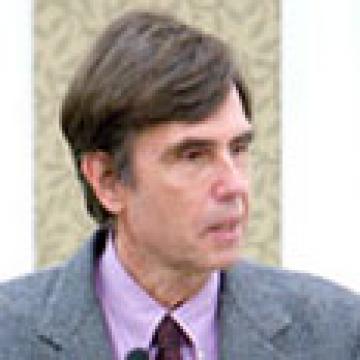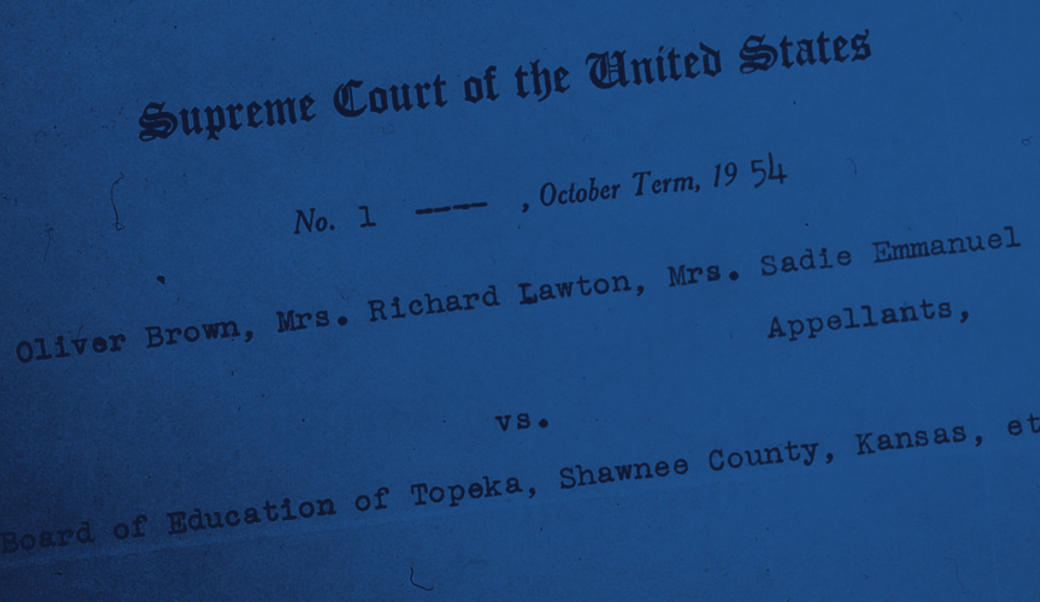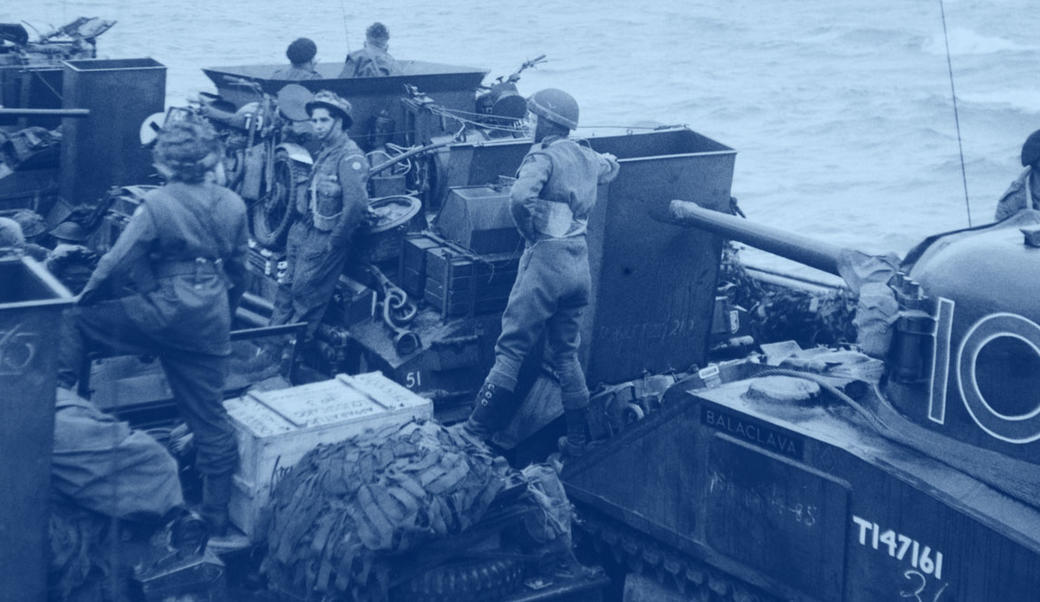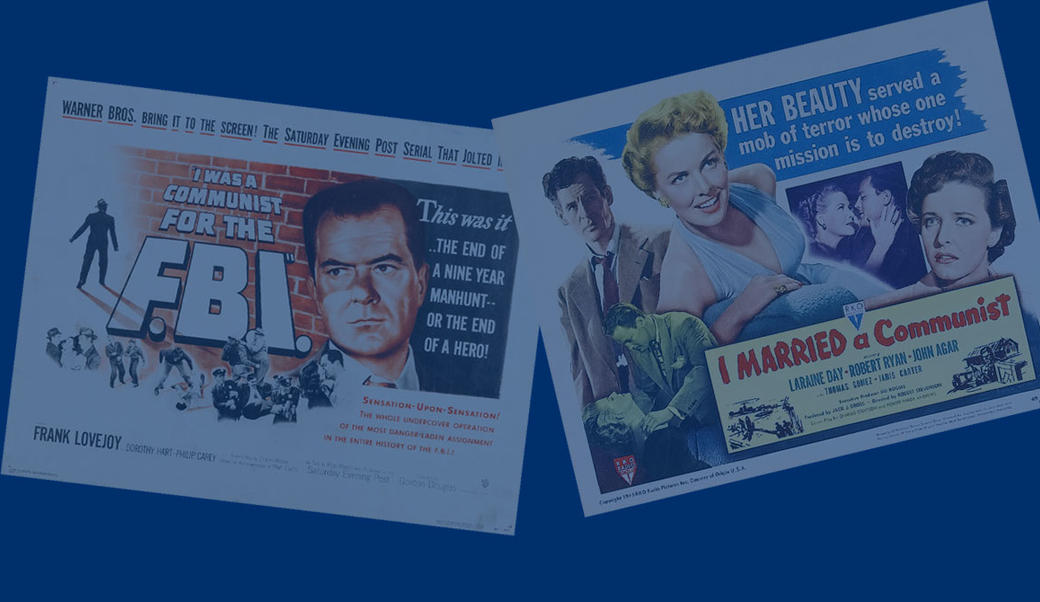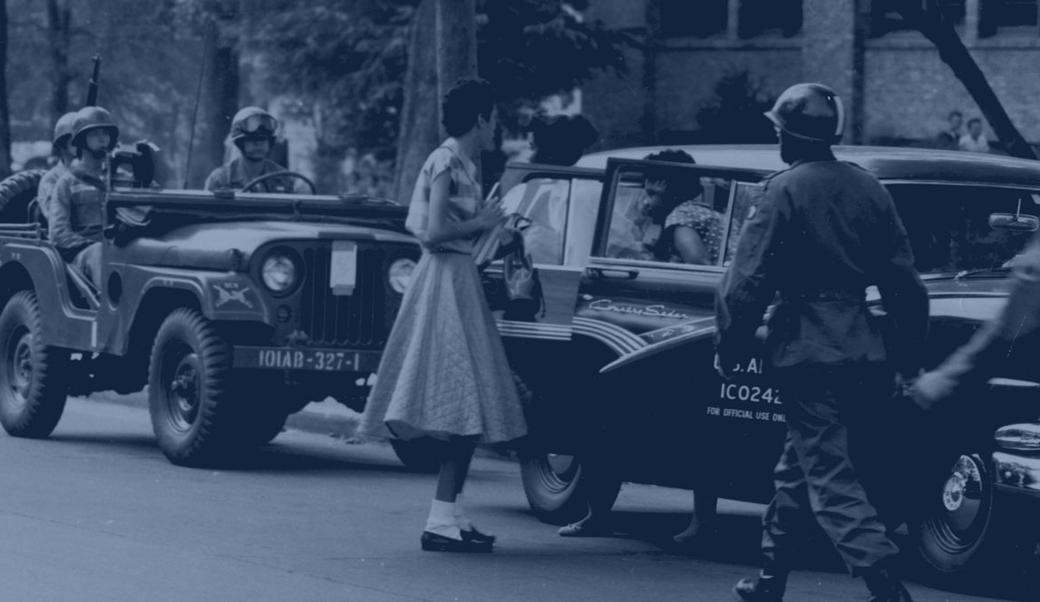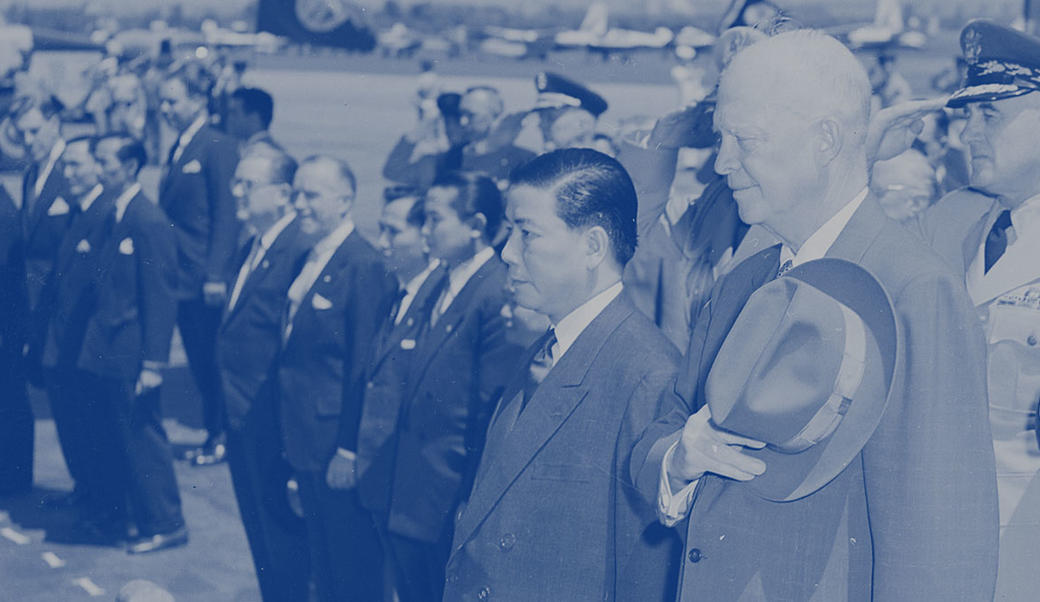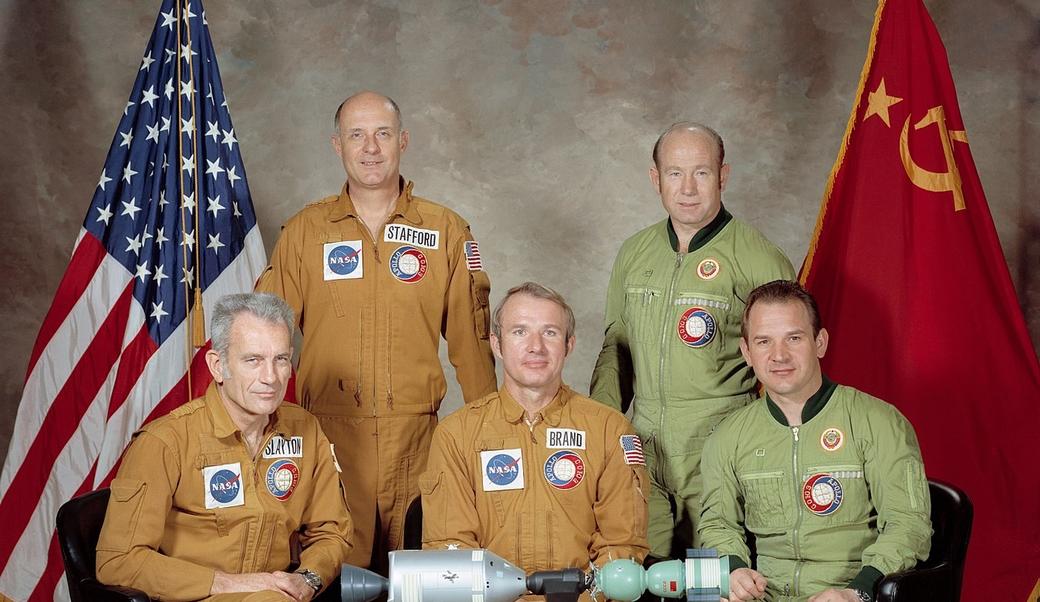Dwight D. Eisenhower: Life Before the Presidency
Born on October 14, 1890, in a house by the railroad tracks in Denison, Texas, Dwight David Eisenhower spent his youth in the small farm town of Abilene, Kansas. His father, David, worked as a mechanic in a local creamery. His mother, Ida, a Mennonite, was a religious pacifist who opposed war. Eisenhower did family chores, delighted in hunting and fishing and football, and eagerly read military history. In 1911, he won an appointment to West Point, where he played football until he suffered a serious knee injury. His pranks, fondness for cards and smoking, and average grades earned him little respect from his teachers. They thought that he would be a good officer, but not a great one.
Rising in the Ranks
After graduating in the middle of his class—61st out of 164—Eisenhower spent the next few years at one disappointing station after another, beginning with a stint as a second lieutenant at Fort Sam Houston in San Antonio, Texas. It was there that he met and married Mamie Doud. At Camp Meade, Maryland, Eisenhower became friends with George S. Patton, Jr. Both Eisenhower and Patton published articles in 1920 advocating that the Army make better use of tanks to prevent a repetition of the static and destructive trench warfare of World War I. But Army authorities considered Eisenhower insubordinate rather than visionary and threatened him with a court-martial if he again challenged official views on infantry warfare.
Eisenhower was doubly fortunate when he was transferred to a new assignment in the Panama Canal Zone and got to work as executive officer for General Fox Conner, who appreciated Eisenhower's critical thinking about infantry warfare. Conner became Eisenhower's patron and arranged for a prized appointment that helped propel Eisenhower's career, as a student at the Command and General Staff College at Fort Leavenworth, Kansas. Eisenhower graduated first in his class of 245 officers, and he was quickly given important assignments. He served as an aide first to General John J. Pershing, commander of U.S. forces in World War I, and then to General Douglas MacArthur, the Army's chief of staff.
Eisenhower remained with MacArthur for seven stormy years. The two men were extremely different. They often disagreed, although Eisenhower, as the junior officer, still had to carry out the general's orders. Eisenhower loyally served MacArthur even when it meant dispersing the "Bonus Marchers," a group of unemployed veterans of World War I who protested in Washington, D.C., during the Great Depression. Despite their different styles, Eisenhower stayed with MacArthur when he moved to the Philippines in 1935 to organize and train the army of the Philippine Commonwealth.

World War II Hero
After World War II broke out in Europe in 1939, Eisenhower returned to the United States and eventually played an important role in the Third Army's field maneuvers in Louisiana. These training exercises, in which more than 400,000 troops participated, revealed Eisenhower's talent for strategic planning and earned him a promotion to brigadier general. Only days after the Japanese attack on Pearl Harbor, Eisenhower went to Washington, D.C., to work on U.S. war plans. Eisenhower impressed Army Chief of Staff George C. Marshall, a keen but stern judge of military ability who rarely spoke words of praise. Promotions and critical assignments followed quickly. In November 1942, Eisenhower commanded Allied troops that invaded North Africa in Operation Torch. The next year, he directed the invasions of Sicily and Italy. In 1944, he was the Supreme Commander in Operation Overlord, the Allied invasion of Nazi-occupied western Europe. In only a few years, Eisenhower had risen from an obscure lieutenant colonel to a four-star general in charge of one of the greatest military forces in history.
By dealing sympathetically with Allied leaders, Eisenhower achieved the cooperative effort that enabled him to launch the D-Day invasion of Normandy, June 6, 1944. His terse decision, "Okay, let's go," despite the chance of poor weather won admiration from the Allied leaders and the troops that risked—and gave—their lives on the beaches of Normandy.
Postwar Achievements
After Germany's surrender in May 1945, Eisenhower received a hero's welcome at victory ceremonies in several Allied capitals, including Washington, D.C., London, Moscow, and Paris. Yet peace also brought controversy for Eisenhower in his role as the commander of U.S. occupation forces in Germany. He endured criticism for allowing the Red Army to liberate Berlin in the final days of fighting. Eisenhower, however, thought he made the right decision, as he adhered to previous agreements about how far troops should advance and avoided unnecessary casualties to the forces he commanded. Eisenhower had to take an unpopular step when he relieved his old friend George Patton as military governor of Bavaria because of the general's violation of orders against using former Nazis in government positions. Eisenhower also adhered strictly to a provision of the Yalta agreements that he return all Soviet citizens in the U.S. occupation zone—even political dissidents who had no desire to go back.
Eisenhower had clear views on what became one of the most controversial decisions that a President has ever made, when President Harry S. Truman authorized the use of the atomic bomb against the Japanese cities of Hiroshima and Nagasaki. Eisenhower expressed his ideas in July 1945 at the Potsdam Conference, a meeting between President Truman, Soviet Premier Josef Stalin, and British Prime Minister Winston Churchill, who was replaced by Prime Minister Clement Atlee because of the results of the British elections. After news of the test in the New Mexico desert of the first atomic bomb reached U.S. officials at the beginning of the conference, Eisenhower told Secretary of War Henry L. Stimson that the bomb was unnecessary, as Japan was on the verge of surrender. Eisenhower also feared that the first use of atomic weapons in combat would tarnish the image of the United States at the very moment when its prestige was at an all-time high. But Truman accepted the counsel of other advisers, who, unlike Eisenhower, had been at the center of discussion about the war in the Pacific, and authorized the Army Air Forces to drop whatever bombs were available—then two—as soon as possible.
At the end of 1945, Eisenhower returned to Washington, D.C., to become the chief of staff of the Army. He served in that capacity for two years and made important decisions to transform the wartime Army into a force prepared for the Cold War. After retiring from the position of chief of staff, he wrote a popular memoir of his wartime experiences, Crusade in Europe. He served as the president of Columbia University, beginning in 1948, although he returned occasionally to Washington to serve as informal chair of the Joint Chiefs of Staff as they discussed how to apportion service roles and missions in the nuclear age and how to allocate defense funds that fell short of their requirements. Soon after war broke out in Korea, Eisenhower returned to uniform as the first Supreme Commander of NATO forces in Europe, the "most important military job in the world today."
